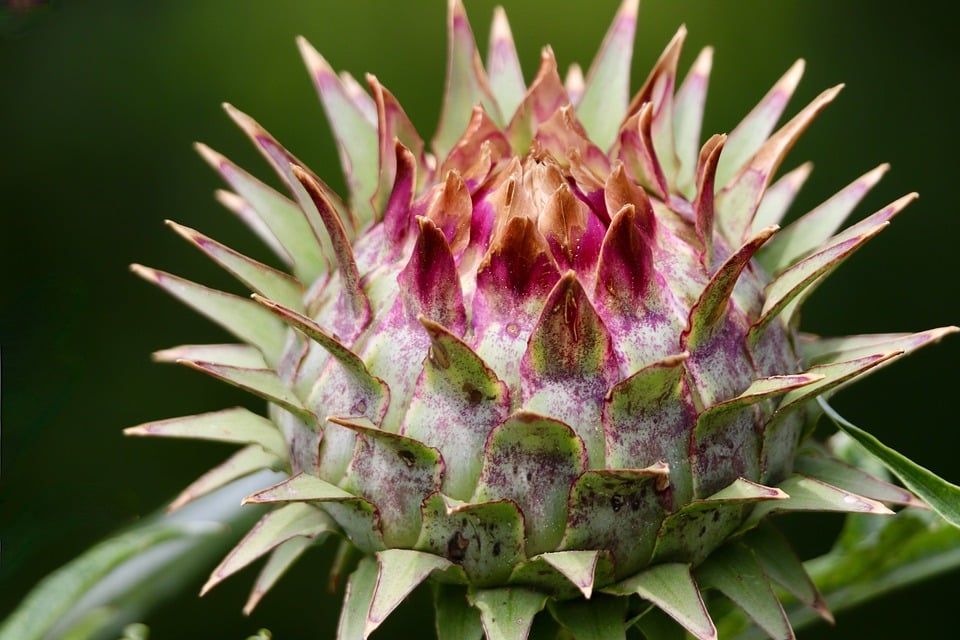[ad_1]
In the realm of superstition and folklore, few creatures have been as polarizing as the black cat. Throughout history, these sleek felines have been both revered and reviled, their dark fur and piercing eyes sparking fear and fascination in equal measure. But how much of what we think we know about black cats is based in reality, and how much is merely the stuff of myth and superstition? In this in-depth article, we will delve into the complex history of black cats, separating fact from fiction and shedding light on the true nature of these enigmatic creatures.
Historical Context: From Ancient Egypt to the Middle Ages
Black cats have a long and storied history, with their origins dating back to ancient Egypt. In Egyptian mythology, cats were considered sacred beings, worshipped as manifestations of the goddess Bastet. Black cats, in particular, were believed to bring good luck and prosperity to their owners, and were often seen as symbols of protection and fertility.
However, as Christianity spread throughout Europe, the perception of black cats began to shift. In the Middle Ages, black cats were associated with witchcraft and the devil, and were often persecuted alongside those accused of practicing dark magic. This dark chapter in black cat history led to widespread fear and superstition surrounding these animals, with many people believing that they were harbingers of doom and misfortune.
Current State: Black Cats in Modern Society
Despite their tumultuous past, black cats have found a place in modern society as beloved pets and symbols of good luck. In many cultures, black cats are still considered auspicious creatures, bringing fortune and protection to those who welcome them into their homes. In fact, in Japan, black cats are believed to bring good luck and prosperity, with many people keeping them as pets or displaying images of them in their homes.
However, superstitions surrounding black cats still persist in some parts of the world. In Western culture, black cats are often associated with bad luck, particularly if they cross your path or are seen on Halloween. This lingering superstition has led to black cats being among the least adopted animals in shelters, with many people passing them over in favor of cats of other colors.
Future Predictions: The Changing Perception of Black Cats
As society continues to evolve, so too does our perception of black cats. With a growing awareness of animal welfare and a shift towards more inclusive and open-minded attitudes, the superstitions surrounding black cats are slowly beginning to fade. More and more people are recognizing the beauty and charm of black cats, and are choosing to adopt them as pets despite any lingering superstitions.
In the future, we can expect to see a more positive and accepting view of black cats in society. As people become more educated about the true nature of these animals and the myths surrounding them are debunked, black cats will likely become more popular as pets, with their unique personalities and striking appearance winning over even the most skeptical of skeptics.
Conclusion
In conclusion, the history of black cats is a complex tapestry of myth and reality, superstition and fact. From their origins in ancient Egypt to their persecution in the Middle Ages, black cats have long been the subject of fascination and fear. However, as society progresses and our understanding of these animals grows, we are starting to see a shift in the way black cats are perceived.
By separating fact from fiction and shedding light on the true nature of black cats, we can help dispel the lingering superstitions that surround these animals and pave the way for a more positive future for them. So the next time you see a black cat crossing your path, remember that they are not harbingers of doom, but simply beautiful creatures in need of love and care.
Thank you for reading this article on black cat history. We hope it has provided you with valuable insights and a deeper understanding of these enigmatic creatures. For further exploration of this topic, we recommend checking out reputable animal welfare organizations and resources dedicated to dispelling myths about black cats.
[ad_2]
